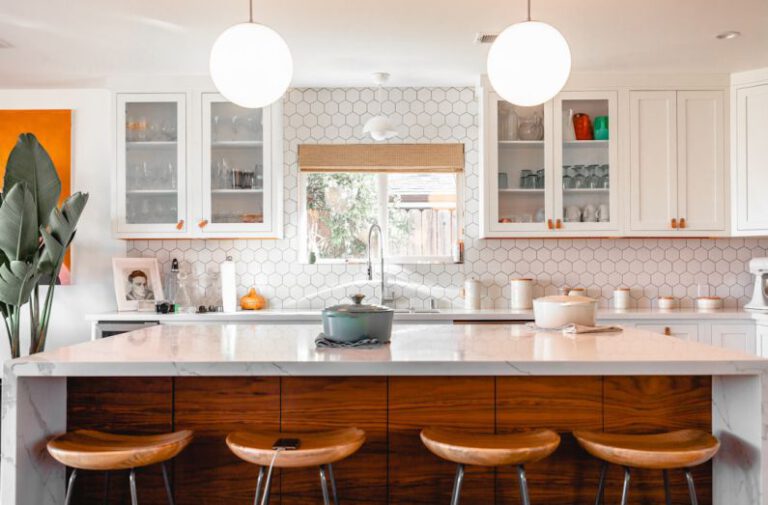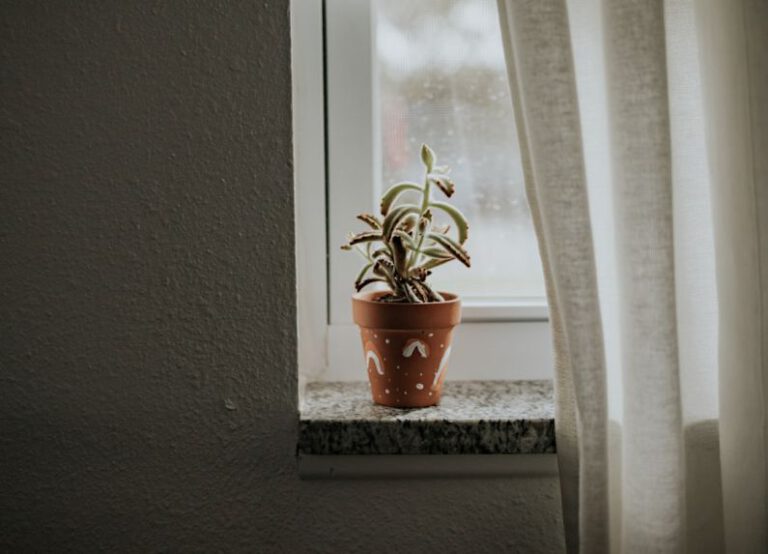How to Install Your Own Kitchen Tile Backsplash?
Embarking on a kitchen renovation project can be both exciting and daunting. One of the most impactful ways to update the look of your kitchen is by installing a tile backsplash. Not only does it enhance the aesthetic appeal of the space, but it also serves a practical purpose by protecting your walls from splashes and spills. If you’re considering tackling this project yourself, this guide will take you through the steps of installing your own kitchen tile backsplash.
Planning and Preparation
Before diving into the installation process, it’s essential to plan and prepare adequately. Start by measuring the area where you’ll be installing the backsplash to determine how much tile you’ll need. It’s also crucial to choose the right type of tile for your project. Consider factors such as the size, color, and material of the tiles to ensure they complement your kitchen’s existing decor.
Gather Your Materials and Tools
To install a kitchen tile backsplash, you’ll need a few key materials and tools. These include:
– Tiles of your choice
– Tile adhesive
– Grout
– Spacers
– Tile cutter
– Trowel
– Level
– Sponge
– Bucket
– Tape measure
– Gloves
Prepare the Surface
Before applying the tiles, make sure the surface is clean and smooth. If there are any existing tiles or backsplash, remove them carefully. Fill in any holes or cracks and sand down rough areas to create a flat surface for the new tiles to adhere to. It’s also a good idea to prime the surface to ensure better adhesion of the tiles.
Applying the Adhesive
Using a trowel, apply a thin layer of tile adhesive to a small section of the wall. Make sure to spread the adhesive evenly. Press the tiles into the adhesive, using spacers to maintain consistent spacing between each tile. Continue this process, working in small sections, until the entire backsplash area is covered with tiles.
Cutting Tiles to Fit
As you reach the edges or corners of the backsplash area, you may need to cut tiles to fit. Measure the space carefully and use a tile cutter to achieve the desired size and shape. Remember to wear safety goggles when cutting tiles to protect your eyes from any flying debris.
Grouting the Tiles
Once all the tiles are in place and the adhesive has dried, it’s time to grout the tiles. Mix the grout according to the manufacturer’s instructions and apply it to the spaces between the tiles using a grout float. Use a damp sponge to wipe away any excess grout from the surface of the tiles. Allow the grout to dry for the recommended time before sealing it.
Sealing the Grout
To protect the grout from stains and water damage, it’s important to seal it once it has fully cured. Apply a sealer to the grout lines using a small brush or roller, making sure to cover all the grout thoroughly. Allow the sealer to dry completely before using the backsplash.
Maintaining Your Tile Backsplash
Now that your kitchen tile backsplash is installed, it’s essential to maintain it properly to ensure its longevity and appearance. Regularly clean the tiles and grout with a mild detergent and water to keep them looking fresh and free of dirt and grime.
In conclusion,
Installing your own kitchen tile backsplash can be a rewarding DIY project that adds both style and functionality to your space. By following these steps and taking the time to plan and prepare adequately, you can achieve professional-looking results without the need for professional help. So, roll up your sleeves, gather your materials, and get ready to transform your kitchen with a beautiful tile backsplash!






